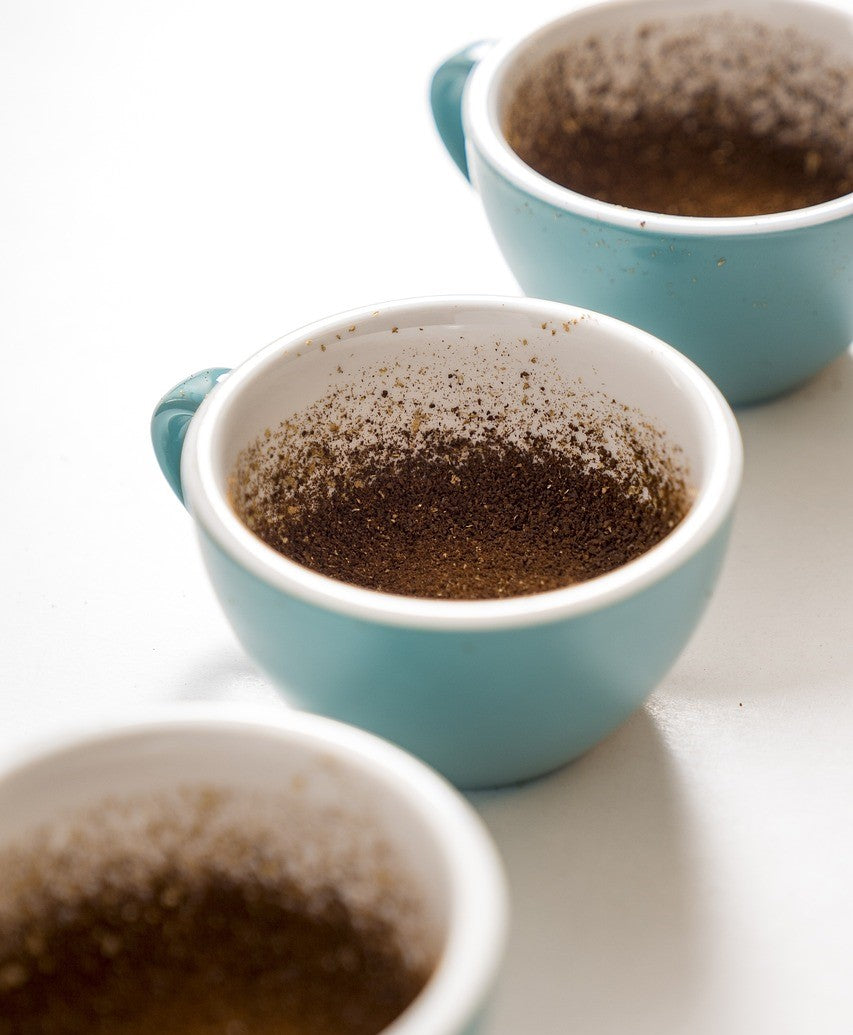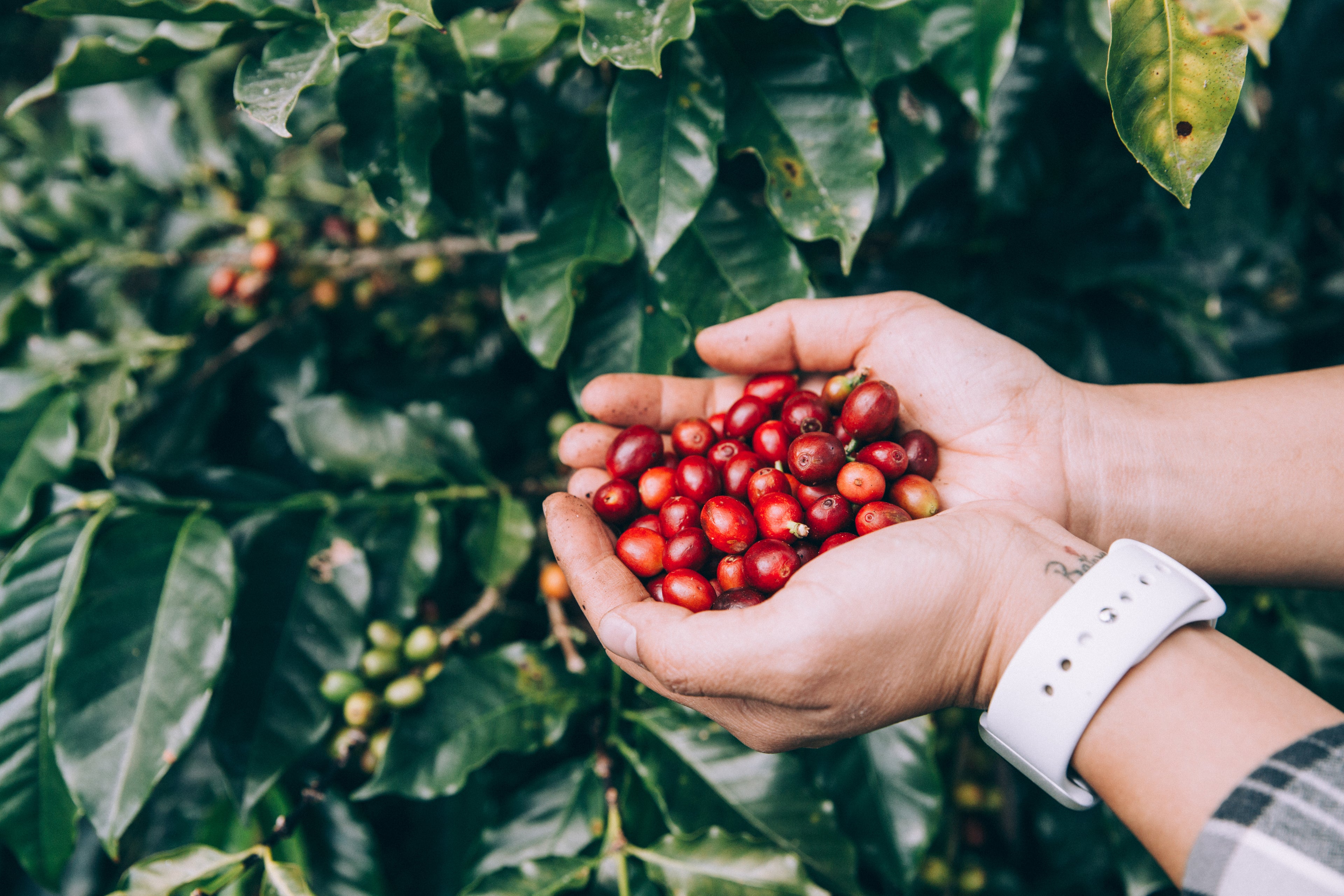
The Art of Coffee Cupping: Discovering the Unique Flavors of Specialty Coffees
In the fascinating world of specialty coffee, cupping is a fundamental practice for appreciating and understanding the complexities of coffee. In this article, we will delve into the art of coffee cupping, from its history to its practical application, and how you can train your palate to recognize the unique flavors of high-quality coffees.
What is Coffee Cupping?
Coffee cupping, also known as "cupping," is a systematic process for evaluating the aromatic and gustatory characteristics of coffee. Similar to wine tasting, coffee cupping involves smelling, tasting, and evaluating different aspects of coffee to identify its distinctive attributes.
History of Coffee Cupping
Coffee cupping has its roots in countries like Ethiopia and Yemen, where coffee was first consumed centuries ago. As coffee spread throughout the Arab world and later to Europe, formal cupping practices emerged to evaluate the quality of coffee. In the 20th century, coffee cupping became a standard tool in the coffee industry to assess the quality and consistency of the product.
Steps for Conducting a Coffee Cupping:
- Preparation: Select a variety of specialty coffees from different regions and flavor profiles. Grind the coffee beans just before cupping to preserve their freshness. Prepare hot water at the right temperature for coffee extraction.
- Aromas: Pour hot water over the ground coffee in cupping bowls and let them steep for a specific time. During this time, inhale deeply the aromas emanating from the surface of the coffee. Note the intensity and complexity of the aromas, which can vary depending on the coffee's origin and processing.
- Breaking the Crust: After a few minutes, break the coffee crust with a spoon and smell again the released aromas. This step reveals the coffee's most intense aromas and provides additional information about its fragrance and flavor.
- Tasting: Taste each coffee with a spoon, slurping vigorously to disperse the flavors throughout the mouth. Pay attention to the acidity, body, flavor, and aftertaste of each coffee. Evaluate the complexity and balance of flavors, as well as the persistence of aromas on the palate.
- Evaluation: Use a cupping form to record your impressions of each coffee, including notes on aroma, flavor, and any distinctive characteristics. Compare your observations with those of other cuppers and discuss your findings to enrich your cupping experience.
Benefits of Coffee Cupping:
- Palate Development: Coffee cupping helps train your palate to recognize a wide range of flavors and aromas in coffee, from fruity and floral to earthy and spicy. With practice, you'll be able to discern subtle differences between different types of coffee and appreciate the complexity of their flavor profiles.
- Discovering Preferences: By exploring different coffees, you can identify your favorite flavor profiles and expand your repertoire of tastes. This allows you to make more informed decisions when selecting and enjoying your specialty coffee, whether at home or in a coffee shop.
- Appreciation of Specialty Coffee: Coffee cupping allows you to appreciate the quality and craftsmanship behind each cup of specialty coffee. By better understanding the cultivation, processing, and roasting processes of coffee, you'll develop a greater respect for the hard work and dedication of coffee farmers and roasters.
Conclusion
Coffee cupping is a fascinating experience that allows you to immerse yourself in the world of flavors and aromas of specialty coffee. Whether you're a coffee enthusiast or a industry professional, coffee cupping is an invaluable tool for exploring and enjoying the diversity of high-quality coffee.


